How High-Quality Socks Are Made: From Fibre to Finished Product
You'll be amazed, but everyday items such as socks carry a secret world of technology and knowledge behind them. Great socks aren't just something you wear as an afterthought - they're pleasant, they insulate your feet, and they even dictate your mood when you're out and about. Today, we're going to take you through the production process from beginning to end to illustrate how fibres are turned into something that can withstand millions of steps.

Materials and Fibre Preparation
It starts with the ground floor, selecting the fibres that will make the socks as comfortable and durable as possible. Natural fibres such as organic cotton, merino wool, or bamboo are used in pricier socks since they allow for ventilation and can wick sweat from the body. The fibres go through certifications like GOTS, so no harmful chemicals are used from farm to final product. They're hypoallergenic, and therefore socks are perfect for sensitive skin, and that's why companies invest time in making prudent decisions, avoiding blends that may weaken the quality.
And due to the complexity of such operations, demand for textile experts is increasing. For instance, textile weaving roles are in strong demand and generally involve employment with the latest machines, where accuracy determines the product. These roles involve a combination of old-school and new-age skills and can be searched for on professional job search websites.
Aggregators that scrape listings from tens of thousands of sources perform best on websites like Jooble, which brings together openings from over 140,000 sources across 66 nations and posts 300,000 new opportunities daily. Up to 1 million career seekers utilise this website to search for opportunities daily, and 90 million leads visit the site every month, where about 9 million vacancies are posted.
The following are the most significant benefits for job seekers:
-
Job alerts: Active updates with new openings received in your mailbox, saving search time;
-
Smart labels: Identification of premier benefits and keywords of each advertisement for easy reading.
-
Recommendations: Job recommendations from scanning thousands of jobs, broadening your scope beyond one job title.
-
Resume builder: An ATS-compatible resume-building tool accessible for free with AI support.
-
Salary information: Market insights for negotiating effectively;
-
Free mobile app: An easy app for iOS and Android to search everywhere.
For job seekers, it is easy, quick, and secure, as trustworthy postings are checked and spamming or phishing is blocked, all for free. Everything assists in finding the appropriate job in the textile sector on time.
Spinning and Yarn Making
Following is spinning, wherein we witness the production of fibres into yarn, knitting's most important aspect. It consists of cleaning, carding, and twisting fibres into higher-twist yarns to make them stronger. Cotton starts with ginning, where seeds are removed, and combing to remove shorter fibres and render it silky. Wool is worsted spun, which gives a smooth, hard-to-wear yarn.
Synthetic materials are incorporated to make it flexible with an 80/20 blend of cotton and nylon that reaches a soft and resilient balance. Yarn can be colored at this stage to remain durable in colour, using eco-friendly methods that use minimal water. The finest quality yarn is then subjected to stability and strength tests, typically with a 3-ply design to provide toughness. And although so much of the manufacturing is automated, human vigilance is still required to detect flaws.
Knitting the Sock
Then follows the knitting process, where yarn is formed into a sock on 84–200 needle circular machines. The machine constructs a tube, cuff, leg, heel, and toe with few seams to be comfortable. Stress point reinforcements are inserted by splicing to make it more durable, and elastic fibres such as Lycra are incorporated to ensure a perfect fit. Seamless technology is applied to luxury socks to ensure low friction and irritation.
Equipment is computer-programmed for texture and pattern, like terry loops for support in sporting styles, where hand adjustments for precision, particularly for intricate designs, are possible. Through this system, it is possible to make thousands of pairs daily without sacrificing quality.
|
Material |
Sustainability |
Typical blend percentage |
Production cost factor |
Lifespan estimate (washes) |
|
Organic cotton |
High |
70-90% |
Medium-high |
500-700 |
|
Recycled polyester |
Very high |
20-50% |
Low-medium |
800-1000 |
|
Merino wool |
Medium-high |
60-80% |
High |
600-800 |
|
Bamboo fiber |
High |
50-70% |
Medium |
400-600 |
Knitting is then combined with the following steps, in which the shape is set by steam. Therefore, socks are not only practical, but they are also pleasing to the eyes, with silky seams and evenness.
Finishing and Quality Control
Finishing consists of stitching, dyeing, washing, and moulding over moulds. Socks are hand-linked to provide a seamless finish and washed out later to eliminate oils and stabilise the fabric. Multi-stage quality inspections follow: stretch tests, strength tests, colourfastness tests, etc. And only after all of that do you have a product that, depending on its price range, will warm you for several months or even years.





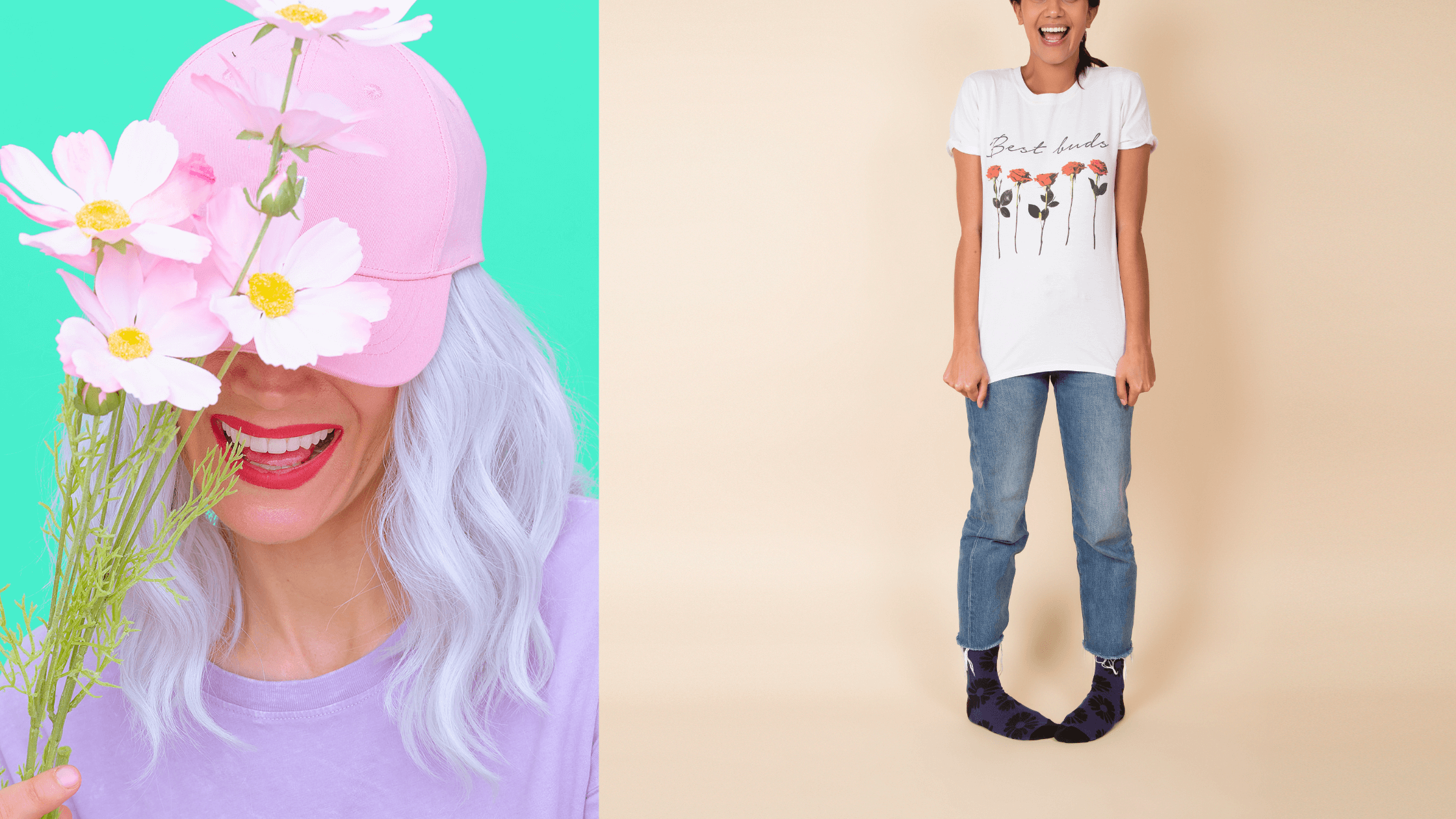



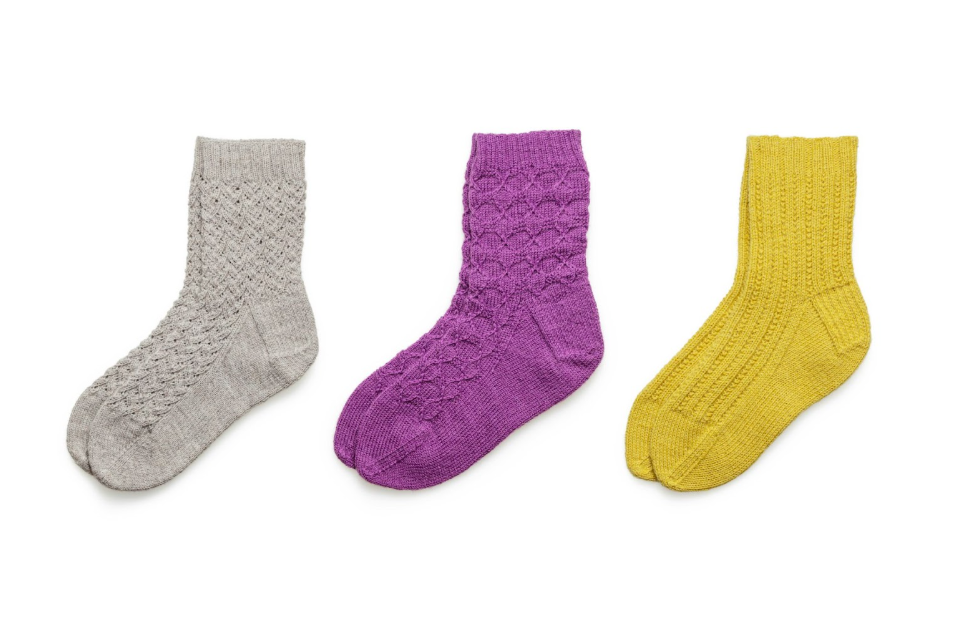
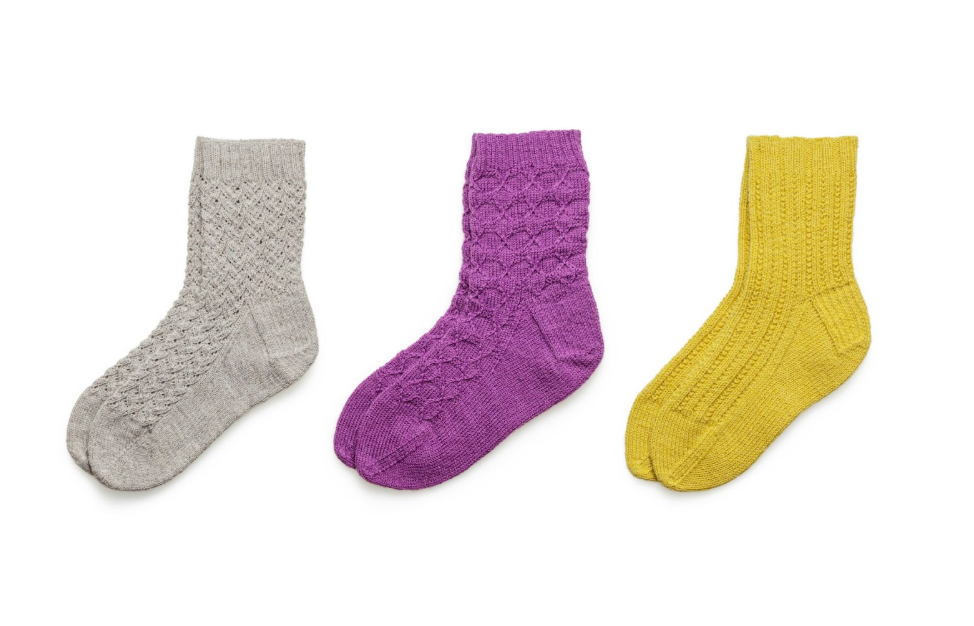


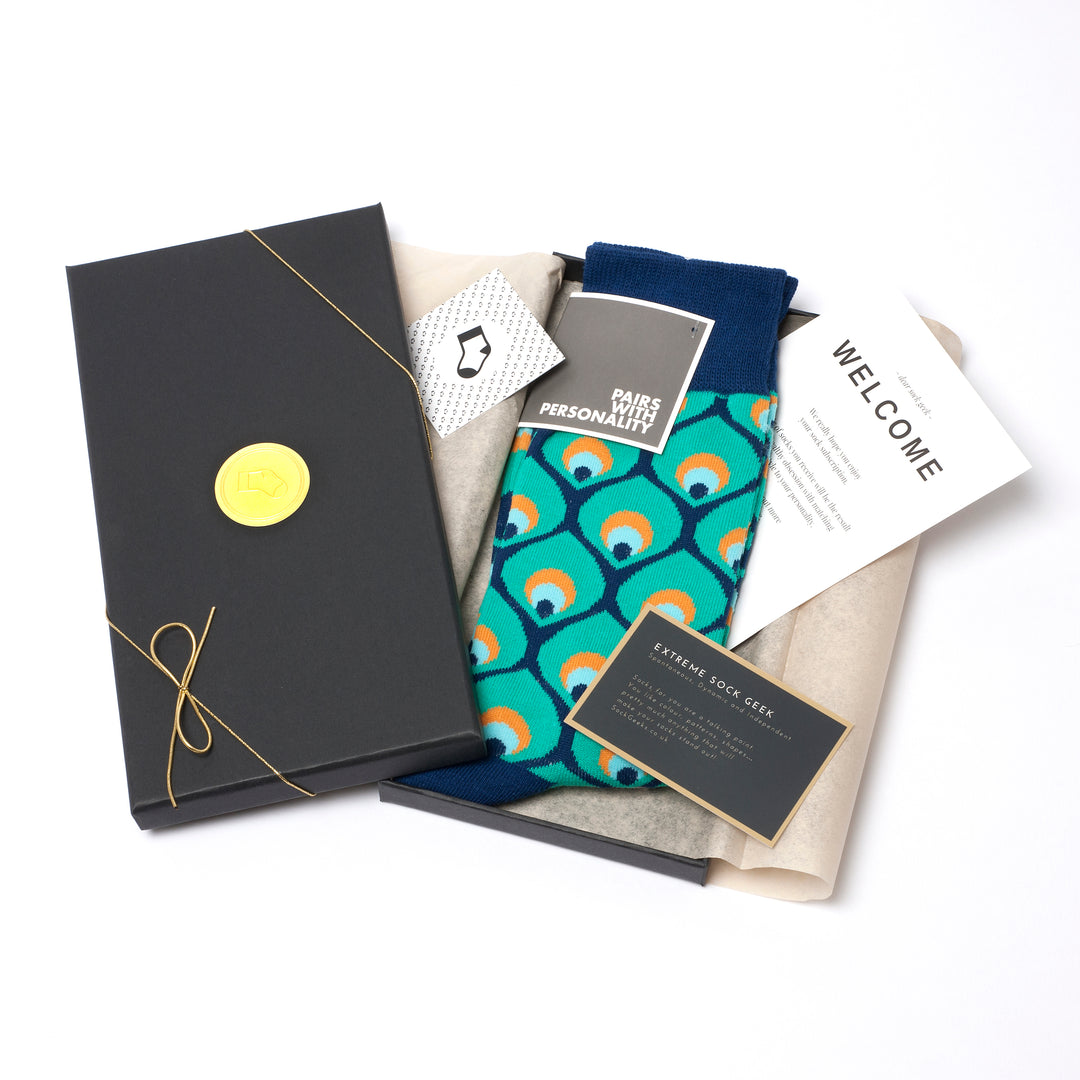
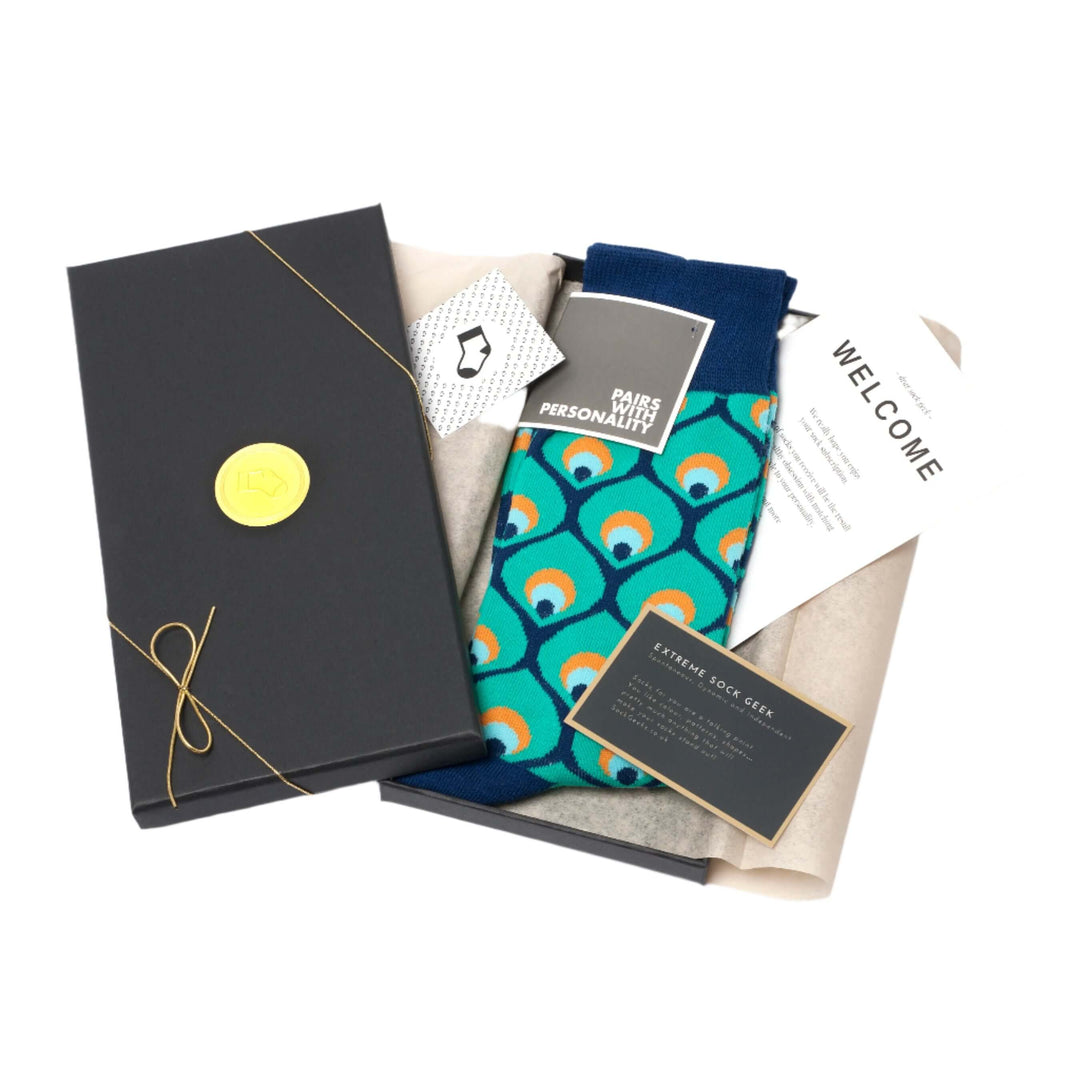
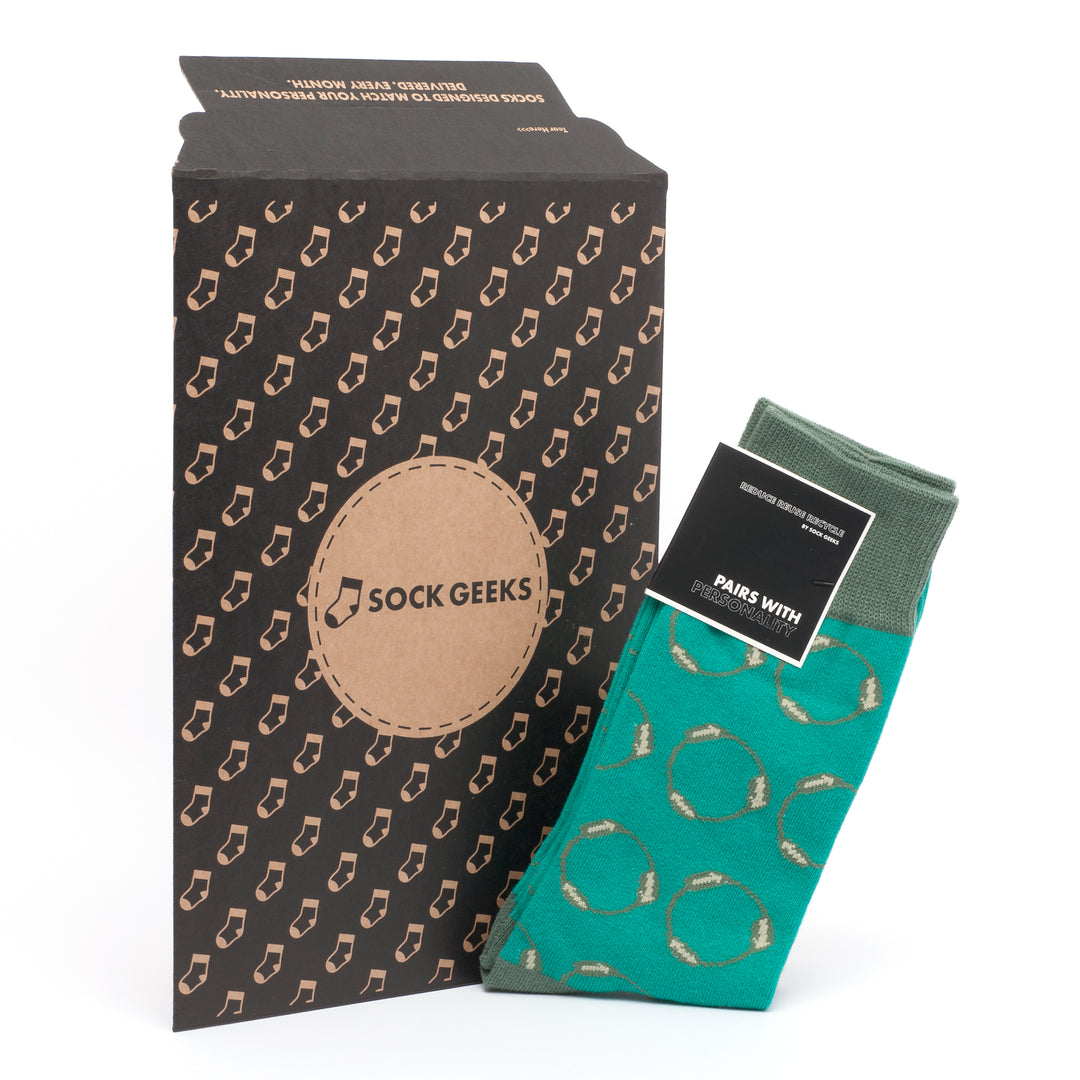
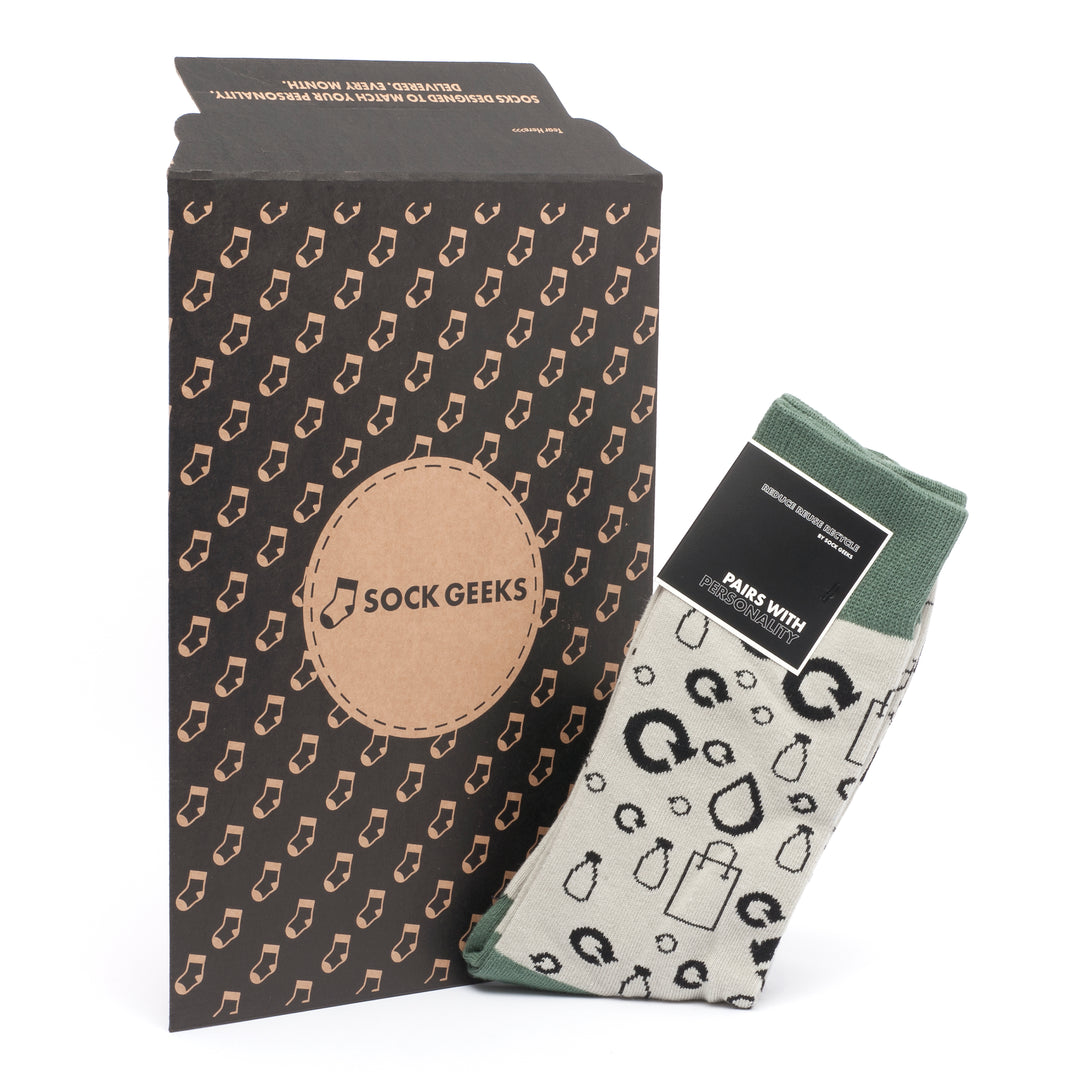



Leave a comment